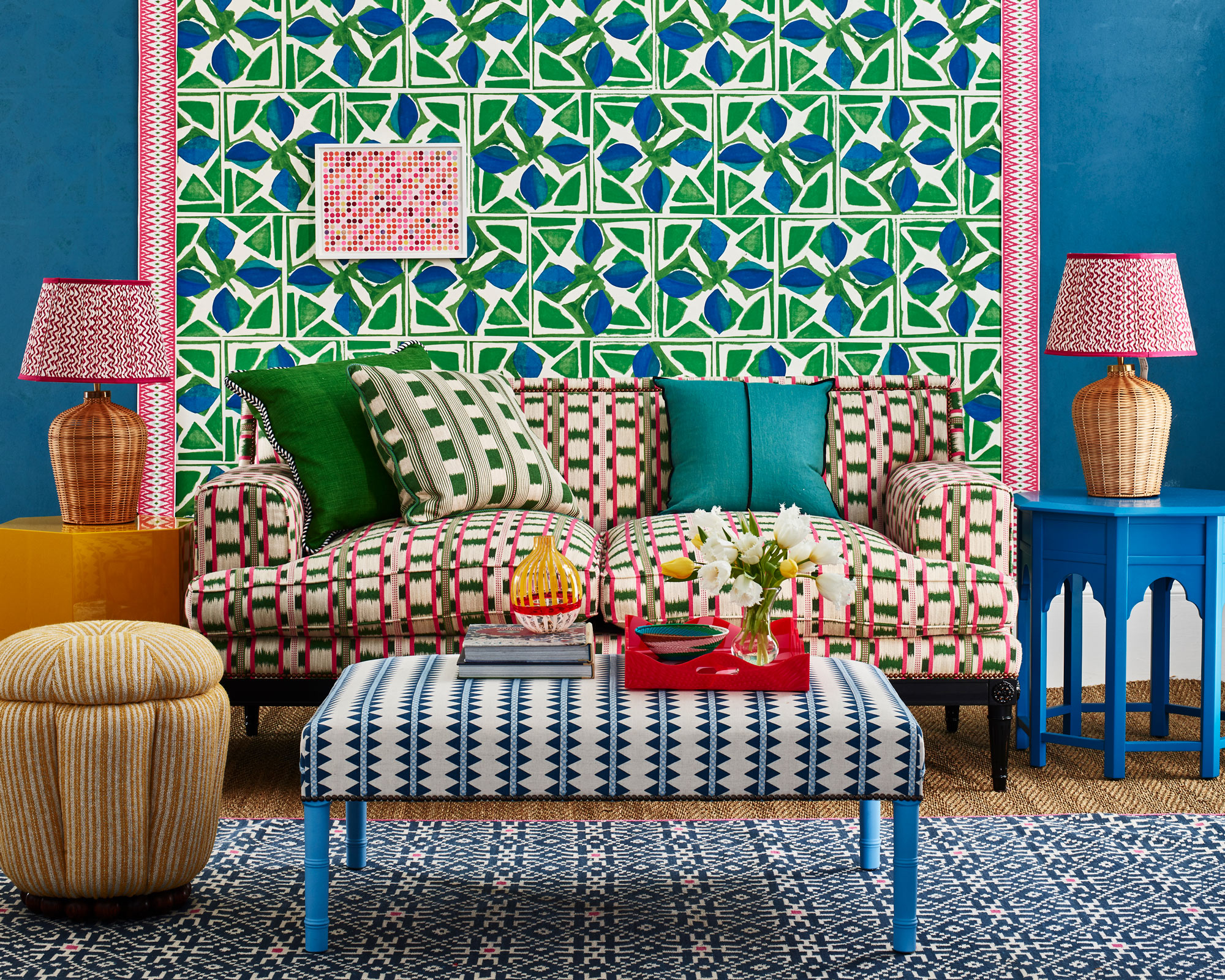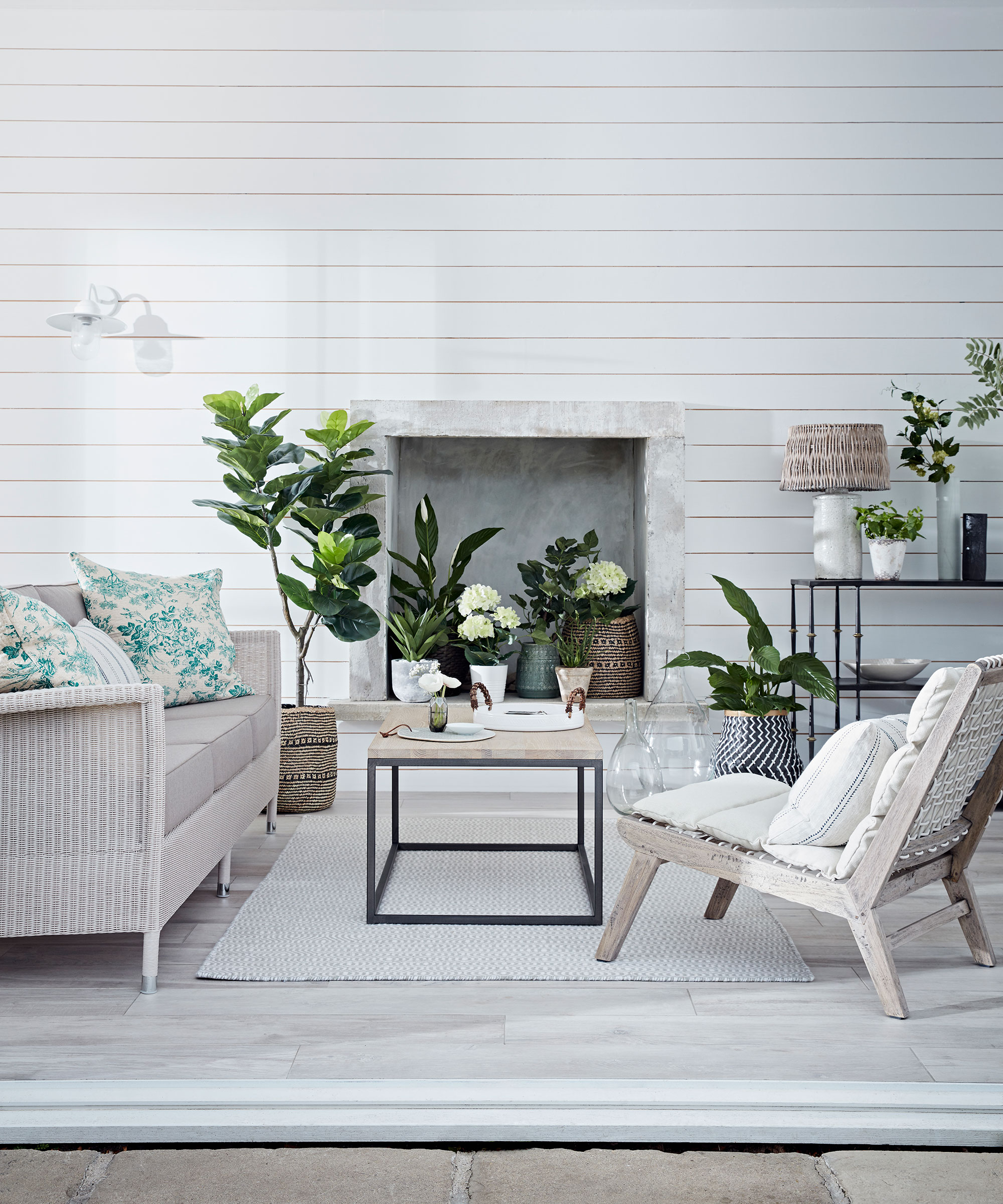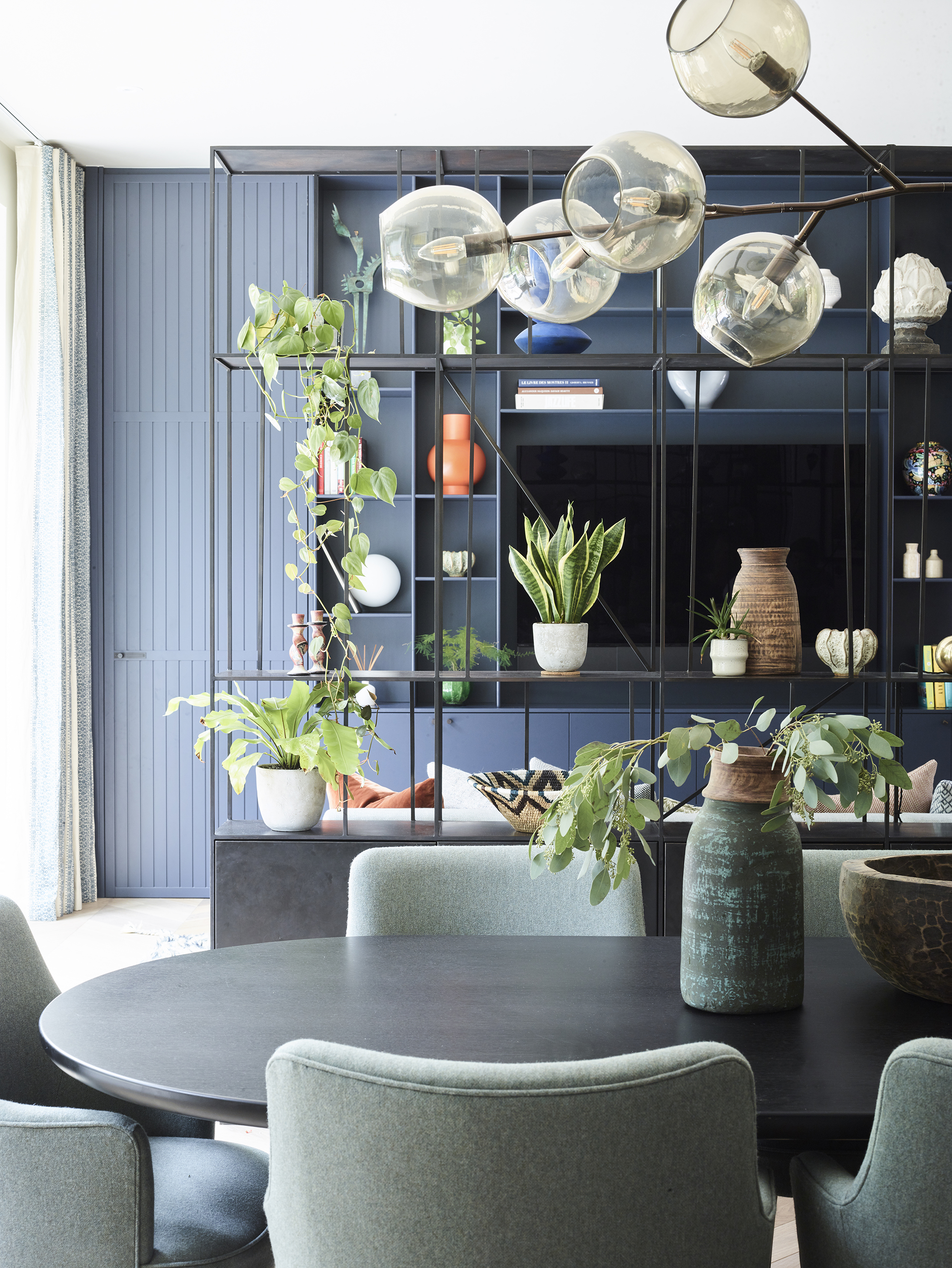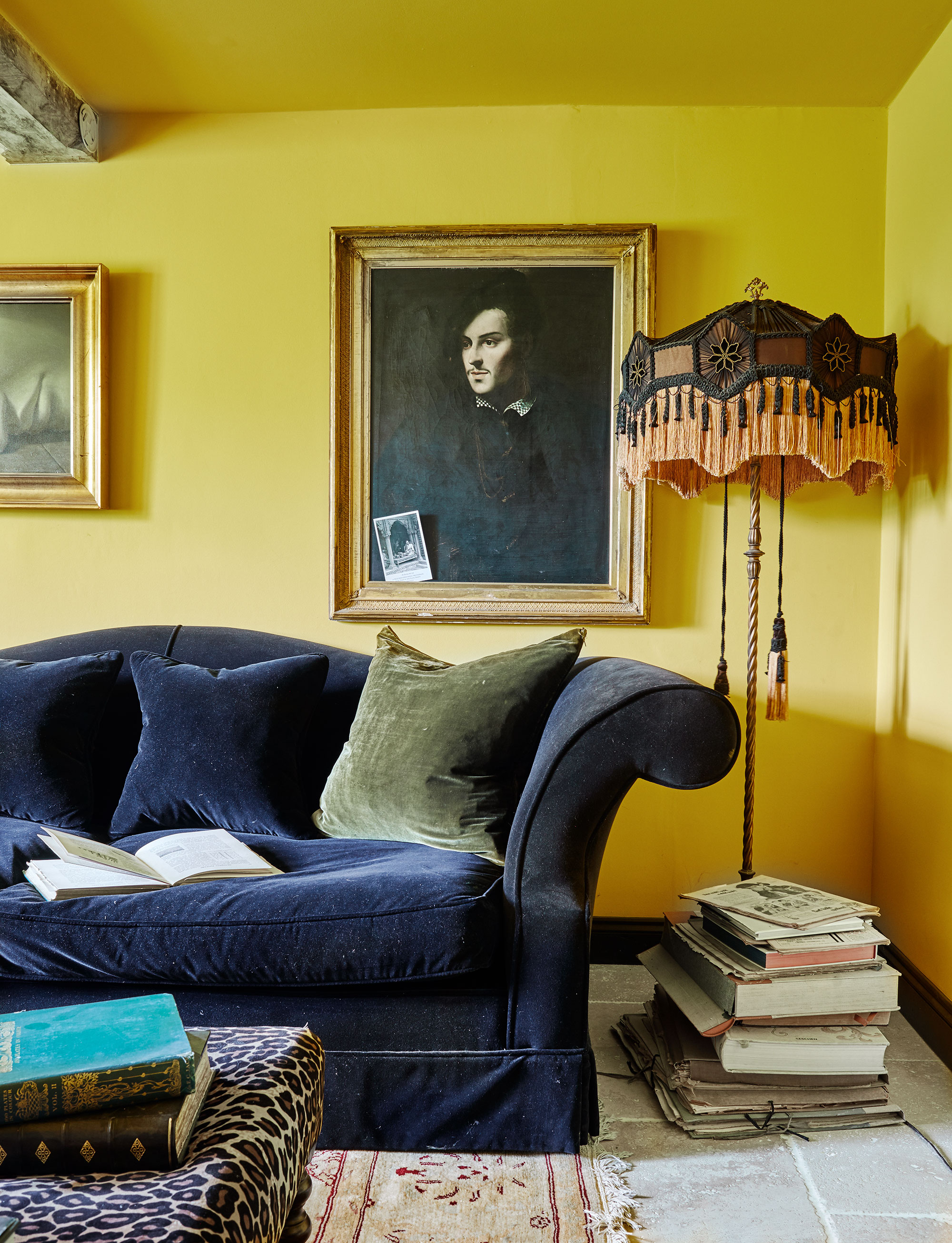Report says 80% of us are embarrassed by our homes – an interiors expert has the solutions
Half of us over-spend, too. An interior expert suggests following these tips so that home is somewhere to feel proud of


It is perhaps only inevitable to draw inspiration from your friends and neighbors' homes – whether they help you discover a new paint color, kitchen appliance, or houseplant. However, the comparisons we make between our homes is causing many to overspend and overcompensate to avoid embarrassment – according to a new study.
Of the 1,088 people surveyed, only 17% said they had no reason to be embarrassed by their home, while, 3 in 4 homebuyers confessed that their decorating ideas are chosen to impress their social circles.
The report from MoneyWise explained that 51% of people were most embarrassed by the cleanliness of their home, 46% by its style, and 39% by its size. Respondents spent an average of $3,310 on new home decor and interior design trends in the last year, and those who said they were influenced by social media spent 62% more than those who did not.
Cleaning a house is something we can all remedy with time or money, while a home's proportions can be improved with clever layout ideas and space-enhancing tricks. Style choices, however, seem to be what is causing the extra expense and anxiety – though there are some simple techniques we can use to save money, and embarrassment, in future.
How to avoid home embarrassment – according to an architect

If you find yourself admiring a certain color of a piece of decor (whether in your friend's home or on social media), then it is always good to recreate this look in a way that works in your home. However, there are ways to ease home embarrassment without overspending or renovating your space entirely. Architect and designer Andrei Vasilief recommends following these 3 tips when you're tempted to overcompensate.
1. Invest in timeless pieces

If you're going to spend on new home decor, it is better to choose something that won't fall out of fashion in the coming season.
'While some [trends] are great and can stick around, they will mostly look outdated in a couple of years,' Andrei says.
Sign up to the Homes & Gardens newsletter
Design expertise in your inbox – from inspiring decorating ideas and beautiful celebrity homes to practical gardening advice and shopping round-ups.
Instead, he urges us to go timeless: whether decorating with ever-popular prints, such as gingham, or opting for neutral colors that will don't date quickly.
'Scandinavian decor is a good example of this, it's been around a while and will probably stick around simply because it looks good and is practical,' he adds.
2. Always combine style and practicality

While some popular interior design ideas look great on social media, they are not always practical or easy to maintain. Therefore, Andrei urges us to think carefully about what will continue to work in our homes, months after us first make the investment.
If you are able to pick up a piece that looks good and does good (such as using a bookshelf to zone an open-plan space), then you can enjoy a versatile room that will feel organized and is always good-looking.
'This will make your house clutter-free and feel great to live in,' he says. 'It will also dispel the feeling of embarrassment, as it will feel like your home,' he says.
3. Stay aware of your space

It is often inevitable we fall for a certain furnishings when they work so well in a particular space. However, the architect warns that this doesn't mean they will look the same in your own home.
'Just because something looks good in one setting, doesn't mean it will look good in another,' he says. 'For example, a large sofa works in a large living room, not in a small one – and it's best to avoid hanging light fixtures at standard ceiling height. These are just some examples, but every interior has a series of limitations to work with rather than against.'
'We're all prone to inspiration from our social feed and those in our circles, and in many ways, that is part of the fun of interior design,' says H&G's Editor in Chief, Lucy Searle.
'However, I think it is important avoid impulse buying, and to follow Andrei's advice: buy timeless, well-made pieces you will love for a long time (it's greener, too); choose consistent color schemes and room designs that work well with your home's period, style and proportions; and carefully consider whether anything you buy or change could improve your home's functionality (such as storage for clearing clutter) as well as aesthetics. And don't be swayed by passing trends. This way, your design decisions will endure for many seasons to come, and more importantly, you will continue to love them and feel proud of where you live.'

Megan is the Head of Celebrity Style News at Homes & Gardens, where she leads the celebrity/ news team. She has a history in interior design, travel, and news journalism, having lived and worked in New York, Paris, and, currently, London. Megan has bylines in Livingetc, The Telegraph, and IRK Magazine, and has interviewed the likes of Drew Barrymore, Ayesha Curry, Michelle Keegan, and Tan France, among others. She lives in a London apartment with her antique typewriter and an eclectic espresso cup collection, and dreams of a Kelly Wearstler-designed home.
-
 Bissell Hard Floor Expert canister vacuum review – if your home has smooth floors, this is all you need
Bissell Hard Floor Expert canister vacuum review – if your home has smooth floors, this is all you needAs the name suggests, this canister vacuum works wonders on hard floors, but even a low-pile rug is too much of a challenge
By Camryn Rabideau
-
 Sarah Jessica Parker's living room is a treasure trove of presumably clashing patterns – they're unexpected stars of the 'slow furnishing' trend
Sarah Jessica Parker's living room is a treasure trove of presumably clashing patterns – they're unexpected stars of the 'slow furnishing' trendUnlikely prints combine harmoniously in the actress's bold living room for a warm, welcoming effect – experts say her style is growing more popular
By Sophie Edwards